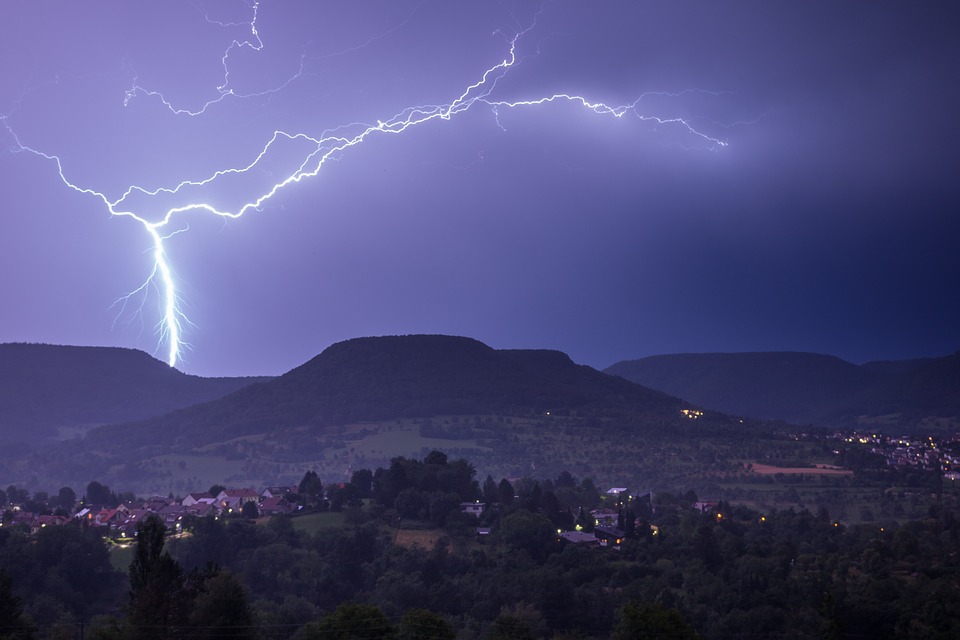Technology help alert about Thunderstorms
Thunderstorms can be incredibly dangerous, causing property damage, injury, and loss of life. It is crucial to have accurate, reliable information about the weather to ensure the safety of the public. In this article, we will explore the history of thunderstorm tracking technology, legacy technologies, innovations, and examples of their use.

History of Thunderstorm Tracking Technology
The first recorded instance of tracking a thunderstorm was in 1884 when the U.S. Army Signal Corps used telegraph lines to gather information about a storm system in the Midwest. In the following years, advancements in technology led to the creation of radar systems that could track storms and provide more detailed information about their movement.
Legacy Technologies
The legacy technology used to track thunderstorms in the past was the WSR-57 radar, which was introduced in 1957. The system used a rotating dish to detect the movement of storm cells and could track precipitation intensity, storm movement, and wind speed. The WSR-57 was used for many years and was the primary tool for tracking thunderstorms until the early 1990s.
Innovations
In recent years, advancements in technology have led to the development of more sophisticated radar systems. One of the most significant advancements has been the introduction of Doppler radar, which uses the Doppler effect to detect the movement of particles in the atmosphere. Doppler radar can provide information about the speed and direction of the wind within a thunderstorm, making it an invaluable tool for meteorologists.
Another innovative technology is lightning detection systems. These systems use sensors to detect lightning strikes and can provide information about the location, intensity, and frequency of lightning within a storm. This information can help forecasters predict the severity of the storm and issue warnings to the public.
Examples of Use
The technology used to track thunderstorms is essential for providing accurate weather forecasts and warnings to the public. One example of its use is during severe weather events such as tornado outbreaks. By using Doppler radar, meteorologists can detect the formation of a tornado and issue timely warnings to those in its path, potentially saving lives.
Another example of its use is during outdoor events such as concerts and sporting events. Lightning detection systems can detect lightning strikes within a specific radius of the event and issue warnings to organizers, who can then evacuate attendees to safety.
The technology used to track and monitor thunderstorms in the United States, has come a long way since its inception in the 1800s. Legacy technologies such as the WSR-57 radar have been replaced by more sophisticated systems like Doppler radar and lightning detection systems. These technologies have helped meteorologists provide more accurate weather forecasts and issue timely warnings to the public during severe weather events. The importance of these technologies cannot be overstated as they play a critical role in ensuring public safety.